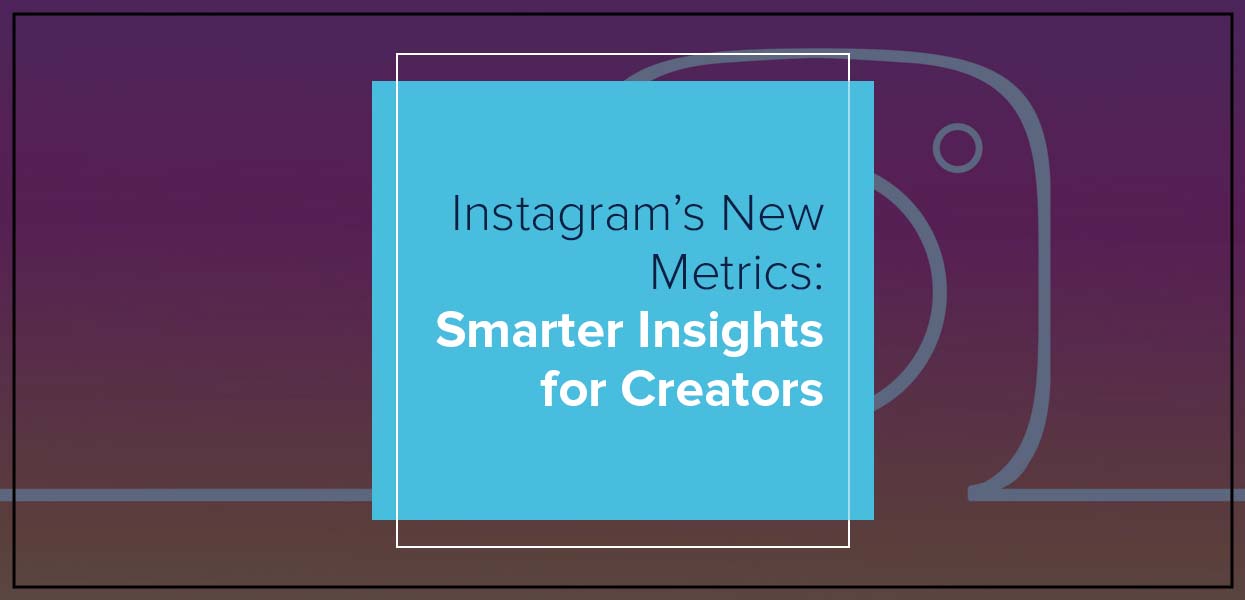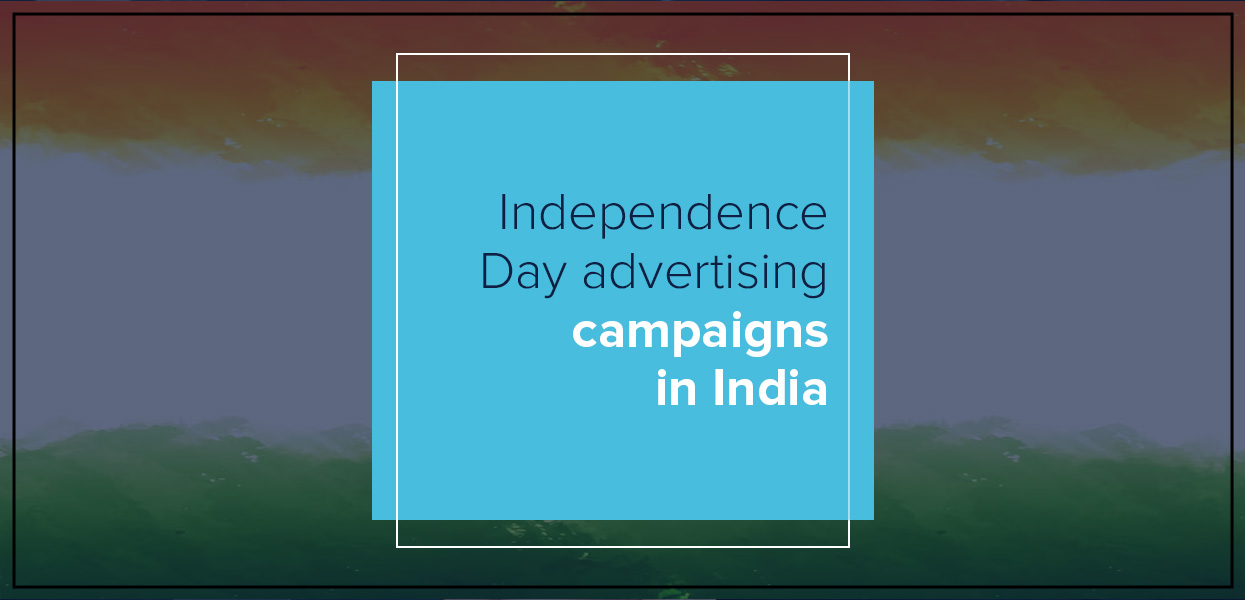Content is the king during covid 19

The COVID-19 pandemic has put many brands in a difficult position. With consumers confined to homes, anxious about finances, and bombarded by distressed news, connecting in a meaningful way demands new approaches.
Yet despite the challenges, there's a silver lining: this moment has highlighted the power of content that delivers real utility, empathy, and authenticity. Brands that have leaned into genuine storytelling and valuable resources—not hard selling—have found a deeper resonance with their audiences.
Here are six inspiring examples of brands turning the crisis into content opportunities, extending the original four to include Nike and IKEA:
1. DoubleTree – Sharing the Cookie That Comforts
DoubleTree by Hilton is famous for giving guests warm chocolate chip cookies at check-in—a delightful, unexpected touch.?
During springs of pandemic lockdowns, DoubleTree gave that gesture a homespun twist by sharing the official cookie recipe publicly. With 250,000+ video views and widespread social media engagement, it sparked a wave of user-generated content: photos of home-baked cookies, people baking for family members, and even bake-alongs among fans.?
Why it mattered:
It provided comfort during an anxious time.
It kept the brand top-of-mind when physical stays weren’t possible.
It built goodwill by giving away something usually reserved for paying guests.
As Shawn McAteer, DoubleTree's SVP, said: “A warm chocolate chip cookie can’t solve everything, but it can bring a moment of comfort and happiness.”?
2. Nike – Encouraging Healthy Habits at Home
When lockdowns shut its physical stores, Nike pivoted quickly to champion at-home fitness with its Nike Training Club app—made free during the pandemic. With workouts, expert tips, and a global campaign “Play Inside, Play for the World,” it reinforced brand loyalty and positioned Nike as a trusted fitness partner during isolation.
Key wins:
Created a purpose-driven fitness community.
Gave fans an accessible, supportive resource.
Gained long-term user habits tied to Nike’s ecosystem.
3. IKEA – Building Comfort in Quarantine
IKEA went virtual by showcasing content that turned every corner of people’s homes into meaningful spaces. Their “Celebrating Home” series featured tips on making home feel safe and welcoming
What worked:
Provided practical, easy-to-follow home ideas.
Maintained brand relevance when stores were closed.
Showed that IKEA understands evolving consumer needs.
4. NuFace – Virtual Classes for Self-Care
Beauty brand NuFace shifted from in-person demos to virtual masterclasses via Zoom and FaceTime, hosted by their CEO and targeting spa partners and influencers. Participants learned product use in real time, enjoying personal attention despite the physical distance.
Why it resonated:
Adapted training to fit lockdown realities.
Humanized the brand through live interaction.
Created a shared sense of learning and value.
5. Dominos – Delivering on Solidarity
Dominos in the US offered 10 million pizzas to frontline workers and families. While not a content campaign per se, its impact shared stories of generosity and corporate social responsibility.
Impactful moments:
Built emotional connection through community support.
Reinforced a brand purpose beyond selling pizza.
Turned fleeting goodwill into sustained loyalty.
6. Getty Museum – Creativity Through a Challenge
With museums closed and audiences craving engagement, Getty Museum launched the Getty Museum Challenge inviting users to recreate famous artworks using household objects?
What made it work:
Invited viral user-generated creativity.
Made art accessible and fun at home.
Created organic, shareable brand visibility.
Why Content, Not Sales, Was the Priority
Changing consumer behaviour
During crises, audiences avoid overt sales pitches. Valuable content wins:DoubleTree offered comfort, Nike offered support, Getty offered fun.
Providing something useful—recipes, workouts, learning—earns trust.
Cost-effective marketing
Quality content is often cheaper than full ad campaigns.NuFace used Zoom; Getty used social media; Nike repurposed existing app content.
Brands shifted budgets from ads to creating genuine connections.
Relationship-building
Content reinforces brand promise even when you can’t sell.DoubleTree's recipe kept the hotel experience alive in homes.
IKEA’s tips reminded consumers why they matter.
UGC and earned media
User-generated content amplifies reach organically.Millions shared their cookie photos, art recreations, home workouts—without paid media.
Alignment with trends
Content needed to address evolving needs: coping, comfort, fitness, art.Nike, IKEA, and NuFace responded instantly with relevant content.
Boosting Your Strategy With COVID-Era Insights
Want to apply this thinking to your own brand or campaigns? Here are five action steps:
1. Map audience needs first
Understand what your audience is going through—stress, health, boredom.
Then craft content to support, teach, or inspire.
2. Use existing assets creatively
Repurpose internal talents like:
Recipes or tip sheets (DoubleTree).
Webinars or virtual events (NuFace).
Interactive challenges (Getty).
3. Go where your people are
Identify content venues:
Our homes? Use apps or guides (Nike, IKEA).
Our feeds? UGC challenges or tutorials (Getty).
4. Prioritize community response
Let users celebrate, share, and add to the narrative.
Encourage baking photos, challenge creations, live workouts.
5. Measure impact beyond sales
Track:
Engagement & UGC volume
Download or app usage trends
Brand sentiment & press reach
Long-Term Benefits of Empathy-Driven Content
Brands that leaned in early reaped gains that extend beyond the crisis:
Stronger brand loyalty built on empathy, not discounting.
New evergreen content that continues to offer value (e.g., cookie recipe, IKEA tips).
Wider audience reach thanks to UGC-driven amplification.
Improved brand perception for brands remembered for doing good—not selling hard.
Final Thoughts
COVID-19 underscored a truth: in moments of disruption, content that is useful, empathetic, and community-driven wins. As Bhumika Pundir highlighted, “content is king during COVID-19.” Now, that content continues to rule in trust, loyalty, and long-term relevance.
The brands that leaned into humanity—DoubleTree, Nike, IKEA, NuFace, Dominos, Getty—reminded us that marketing isn’t just about transactions—it’s about connection. And that’s a lesson businesses need well beyond the pandemic.
Categories
- Digital Marketing
- Website Development
- Graphic Design
- Content Writing
Latest Posts
-
- Essential Marketing & Advertising Keywords 2025



